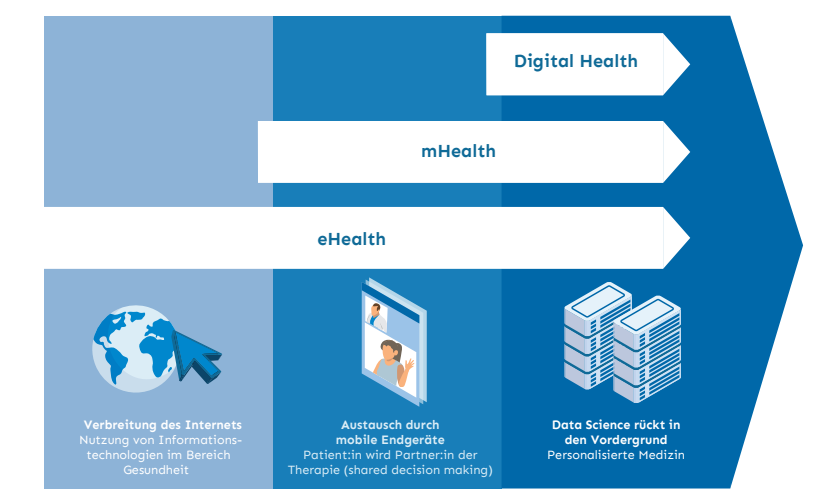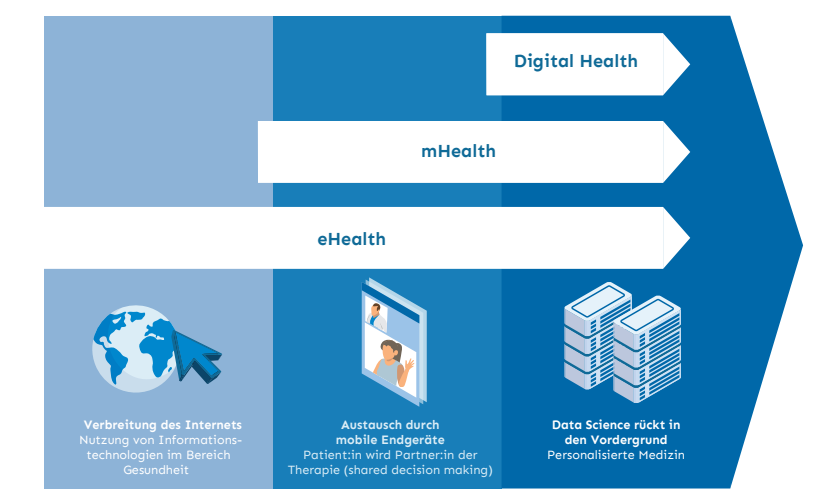the health strategist
platform
the most compreehensive knowledge portal
for continuous health transformation
and digital health
Joaquim Cardoso MSc.
Chief Research and Strategy Officer (CRSO),
Chief Editor and Senior Advisor
December 20, 2023
The general relevance of digitalization is undisputed, given that our daily lives are increasingly shaped by rapid advancements in digitalization, encompassing nearly all aspects of our lives and every industry (Mittag, 2023).
The impact of new technologies is also noticeable in healthcare, already leading to fundamental changes:
- the use of health apps,
- electronic health records, and
- surgical robots has become commonplace in many areas.
The rise in the significance of teleconsultations, remote monitoring, and other digital health solutions is particularly evident, especially highlighted during the COVID-19 pandemic (Kriegel, 2022).
The unstoppable technological progress in areas such as robotics, artificial intelligence (AI), machine learning (ML), augmented reality (AR), and virtual reality (VR) holds promising prospects for the future of healthcare (Navaz et al., 2021). In this context, data privacy and associated security aspects are the focus of attention.
Overall, Digital Health opens up a wide spectrum of possibilities for innovations in the healthcare sector, contributing to optimizing healthcare, increasing the efficiency of the healthcare system, and facilitating communication between healthcare providers and patients (Angerer et al., 2021).
Additionally, digitization enables the networking of various service providers, potentially enhancing the quality of care (Nagel et al., 2023).
The following delves into the evolution of the current understanding of Digital Health, which has continuously evolved over recent years.
Figure 2: The Digital Health Timeline

- The advent of the internet in the 1990s opened new communication pathways for medical information systems, resulting in the (partial) diminishing significance of physical proximity due to the utilization of information and communication technology (ICT). From this perspective, the term “eHealth” emerged.
- By leveraging mobile devices such as smartphones or tablets, around 2010, the term “Mobile Health” (also known as “mHealth”) was established. Thus, mHealth can be understood as a subset of eHealth.
- With the widespread adoption of the term “Digital Health” around 2015, an overarching term was created that encompasses both eHealth and mHealth (Becker et al., 2017) (see Fig. 2).
The digital transformation, with its diverse possibilities, changes and expands the concept of Digital Health, thereby presenting new opportunities in the healthcare sector.
Consequently, the term “Digital Health” signifies a paradigm shift in healthcare as it broadens and enhances traditional models of healthcare delivery.
This is an excerpt of the report “: Angerer | Berger. Der Digital Health Report 2023/2024. ISBN: 978–3–95466–834–2. Urheberrechtlich geschützt.”












